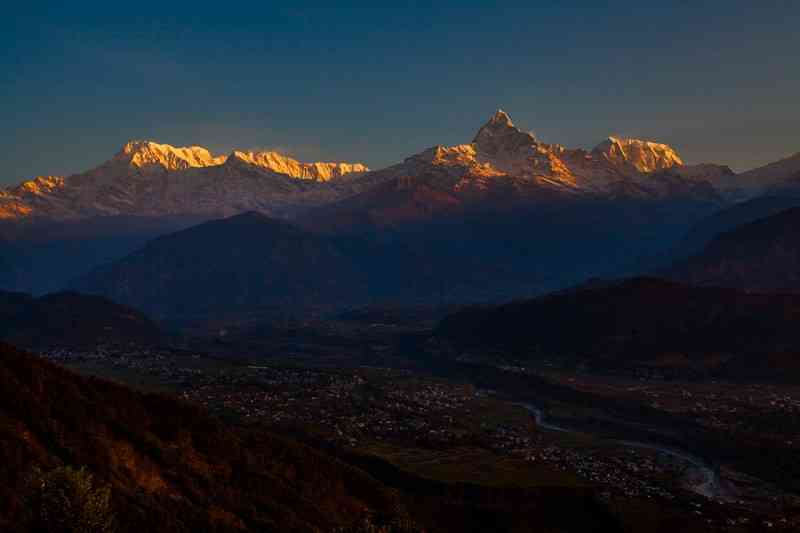
tule lake war relocation center
景点印象
Blong83
The site is still new under the Park Service and still has a ways to go. The museum is mostly a museum for the town, which was interesting, but not what I was expecting or really looking for. My dad and I wished there had been more about the internment center and more access to the area of the camp itself. I'm sure that will happen in the future if visitors come. It's a good stop on along the highway and close to Klamath Falls.
LindaMG
There is nothing left of the buildings that housed 10,000 Americans of Japanese descent during WWII. The only thing that marks the site is a monument citing this stain on our history.
184sarahm184
Amy, our tour guide, was exceptional. Very knowledgeable, well read, personally interested and committed to the importance of people learning from this very embarrassing chapter in our history. Our tour of this + Camp Tule was 2 1/2 hours - it passed quickly. Other than the jail building, there are no other buildings to see. But, with the help of photos, one can visualize the size of this huge compound that once held about 20,000 Japanese Americans. Note: Unless you are going to the one Saturday tour offered, you need to call at least two weeks prior to arrange a tour.
Gorsefighter
This is a work in progress, there is a small museum here now with plans to build something larger in the future. We were not interested in the war relocation, but the National Park staff person was helpful in giving a brief resume of what the center has to offer, and guided us to the place we did want to see. The center is quite small and there is a charge to see the museum.
getout123
went on the every-other-year pilgrimage - 4 days. I learned so much. It was emotional and educational. Emotions swinging from anger, pity, sympathy, anger, outrage, sadness, disbelief etc, over and over. It is good to learn this history while there are a few remaining living survivors who were old enough to remember what happened to them and are willing to tell the tales.
SylsMom
Our uncle and aunt were interned here. The only good out of that experience was they met, married and had a wonderful life together. Their rights denied was atrocious. He served in the US Army! Joined in 1939 but when his father was interned, he discharged from the army because "an old man cannot be sent to camp alone!"
SunCloudSarah
Because what happened at the Tule Lake Segregation Center is difficult to talk about, much of the buildings and artifacts are gone. But, luckily there is this center and all the associated rangers working hard to preserve what is left and to share what happened. We had not planned to stop there, so had no reservations, but the ranger who was working the desk spent a lot of time with us, sharing both heartbreaking and heartwarming stories. We were with my kids and I wanted them to hear how tragic this piece of history was for those who lived through it. The ranger did an amazing job of telling them the truth in a way they could understand. Some of the artifacts there are really bone chilling. Down the road a little way are some of the buildings. There are tours available on Saturday afternoons (we were there on a Monday) and by appointment (which we didn't have). If you can't do the tour, there is one of the barrack buildings back at the center, set up with furniture and toys, so you can see what it may have been like to live in them. The museum is about local history and does not add to the talk the ranger gave or the artifacts outside. The ranger talk is invaluable, though. This place is a great reminder of a dark time in US History.
maryj007
We saw the museum, guard tower and example of one barracks at the Fairground. From there, we drove to the jail (in the middle of nowhere) with excellent, knowledgeable guides. They told us the story with honesty and balance.There isn't a lot to see as the hundreds of barracks were dismantled. After WWII, homesteaders were encouraged to use the wood materials to build their own homes.This visit was particularly meaningful as several in our group, and/or their parents, had been in the "Relocation" Camps. (Relocation is euphemistic; they were concentration camps.)
721Anonymous
I was expecting more of a memorial and more information about the camps at the museum. The museum seemed to be more of a history of the area with information on the Modoc Indians, the Reclamation era, and the Iraq war. There was only a very small section dedicated to the POW and Japanese-American camps. A small exterior area has a former guard tower and run down farm equipment in display. There were no signs I indicating when or by whom the farm equipment was used. I was disappointed because it wasn't what I expected. But if you don't go in expecting a memorial to help heal wrongs of the past, $6 for two people is good to check out the history and culture of the area.
Hummingbird5707
Good signs to read about internment camps; buildings now being used for other purposes, so you don't actually get to look at them except from afar.
mjmsf
We stopped after our visit to the Lava Beds Monument but the Center was closed. We looked for a sign with times, etc. but were disappointed to find nothing. I really wanted to visit, but was turned away.
ShurleyUSA
OK, this was very interesting. I think it is a National Park that is a work in progress. Give it a few years and it will be up to par with the other park sites. This is recent history and maybe even information that we as a nation are just now thinking through. The sites are not really open to the general public but you can drive up and look through the fence with a map. The visitor center is the local city museum desk. But the young girl at the desk was VERY knowledgeable and gave us a great presentation.. We only had a couple hours and kind of hit it at closing, but they gave us some information and a map and sent us to look around. I think there are times when you can prearrange for a guided tour and I think there are some other locations to expand your visit., We had a full day driving between Lassen and Crater Lake and also visiting Lava Beds, and only had a short time to gain a little knowledge. It made for some interesting car discussion and further research on the topic by our family. Don't miss this little piece of history. If you have been privileged to travel to Europe, this is a good cross reference for some of the World War 2 sites you may experience there.
GrandmaWen
It's about time that the country recognized the injustices served upon Japanese-American citizens during World War II. This historic site is fascinating but heartbreaking.
DianeandDaveS
Check out the center - it is sad but a part of our history. The visitor center and museum in town was very interesting a the staff was very helpful to lead us on our adventure.
ShastaGirlWeed_CA
We got to see the contrast between the soldiers' quaters and the interees. They were interred in very harsh climate and circumstances. It made us very sad.


